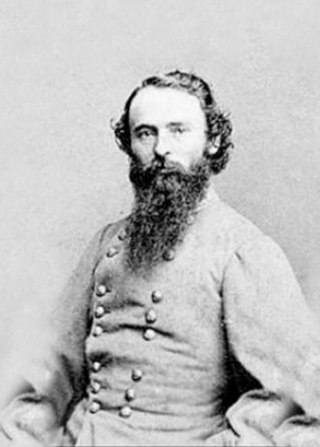
James Fleming Fagan was an American farmer, politician, and senior officer of the Confederate States Army during the American Civil War. His brigade distinguished itself in the Camden Expedition of 1864, helping to drive the U.S. Army's Seventh Corps from southwest Arkansas.
The Battle of Glasgow was fought on October 15, 1864, in and near Glasgow, Missouri, as part of Price's Missouri Expedition during the American Civil War. The battle resulted in the capture of needed weapons and improved Confederate morale, which had been dented after a defeat in the Battle of Pilot Knob.

Philip St. George Cooke was a career United States Army cavalry officer who served as a Union General in the American Civil War. He is noted for his authorship of an Army cavalry manual, and is sometimes called the "Father of the U.S. Cavalry."

Frederick Steele was a career military officer in the United States Army, serving in the Mexican-American War, the Yuma War, and as a major general in the Union Army during the American Civil War. He was most noted for retaking much of secessionist Arkansas for the Union cause, escaping the besieged port-city of Camden through successful deception tactics, and defeating Sterling Price and E. Kirby Smith at Jenkins Ferry.

Thomas Howard Ruger was an American soldier and lawyer who served as a Union general in the American Civil War. After the war, he was a superintendent of the United States Military Academy at West Point, New York.

Amasa Cobb was an American politician and judge. He was the 6th and 9th Chief Justice of the Nebraska Supreme Court and the 5th Mayor of Lincoln, Nebraska. Earlier in his life, he was a United States Congressman from Wisconsin for 8 years and served as the 13th Speaker of the Wisconsin State Assembly. He also served as a Union Army officer during the American Civil War.

Uriah Galusha Pennypacker was a Union general during the American Civil War. He may be the youngest person to hold the rank of brigadier general in the US Army; at the age of 20, he remains the only general too young to vote for the president who appointed him. He was awarded the Medal of Honor for his leadership at the Second Battle of Fort Fisher during the Civil War.
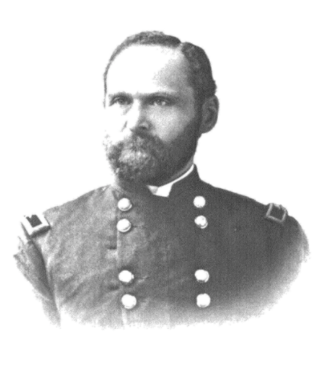
Aaron Simon Daggett was a career United States Army officer. He was the last surviving brevet Union general of the American Civil War, and the last surviving general of any grade from the war, when he died one month shy of his 101st birthday in 1938. Daggett was nominated for appointment to the grade of brevet brigadier general, to rank from March 13, 1865, by President Andrew Johnson on February 21, 1866 and was confirmed by the United States Senate on April 10, 1866. During the war, Daggett fought at West Point, Gaines' Mill, Golding's Farm, White Oak Swamp, Second Bull Run, South Mountain, Antietam, Rappahannock Station, Fredericksburg, Battle of Gettysburg, Battle of Mine Run, Battle of the Wilderness and Battle of Cold Harbor. Daggett was a brigadier general of volunteers in the Spanish–American War. He was appointed to the brigadier general grade to rank from September 1, 1898 and was mustered out of the volunteers on November 30, 1898. He was promoted to brigadier general in the Regular Army ten days before his retirement from the army on March 2, 1901.

Frederick (Friedrich) Charles Salomon was a German immigrant to the United States who served as a Union Army officer and general during the American Civil War. He was an elder brother of the Civil War-era Wisconsin Governor Edward Salomon.
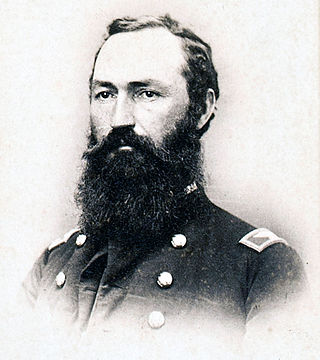
Hiram Scofield was a lawyer and Union Army officer during the American Civil War. He entered the Army as a private in 1861 and was discharged as a colonel on January 5, 1866. In February 1866 he was nominated by President Andrew Johnson for appointment to the rank of brevet brigadier general of volunteers and the United States Senate confirmed the appointment in April 1866.
James Hobart Ford was a Union colonel and brevet brigadier general during the American Civil War, notable for his contributions in the Trans-Mississippi Theater of the war.
Joseph Conrad was a Union American Civil War colonel who was nominated and confirmed in 1866 for appointment as a brevet brigadier general of volunteers for his service during the Atlanta Campaign.

John Dunlap Stevenson was an American attorney, politician, and soldier in the U.S. Army in two wars. He was a brigadier general of volunteers during the American Civil War. In 1866 he was nominated and confirmed for appointment as brevet major general of volunteers.
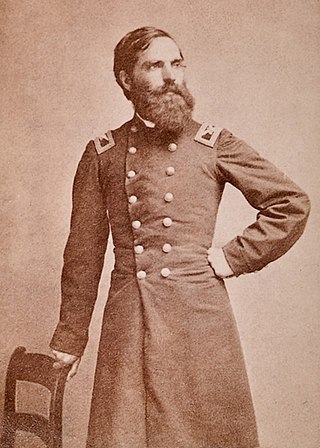
Samuel Woodson Price was a portraitist, author and Union Army officer in the American Civil War.
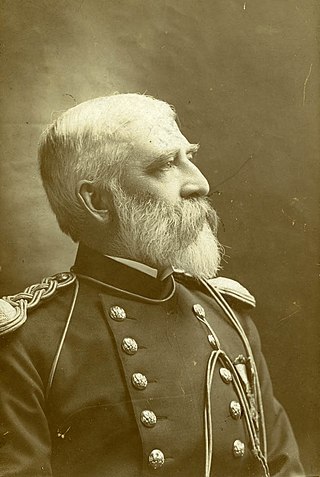
William Mackey Wherry was an American brigadier general, author and recipient of the Medal of Honor.
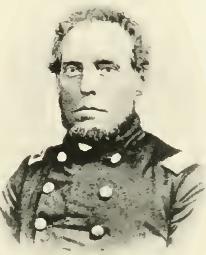
Sylvester Gardner Hill was a colonel in the Union Army during the American Civil War. He served as a brigade commander during the Red River Campaign and Battle of Nashville where he was killed in action. He received a posthumous appointment as a brevet brigadier general.
Adolph Engelmann was a farmer, lawyer, postmaster, Mexican–American War veteran, and Union Army colonel during the American Civil War. On May 18, 1866, the United States Senate confirmed his appointment as brevet brigadier general of volunteers.

James Monroe Williams was an American lawyer, soldier, and merchant. He served both as a cavalry and as an infantry officer in the Union Army within the Trans-Mississippi Theater during the American Civil War, and was breveted a brigadier general near the end of the conflict.
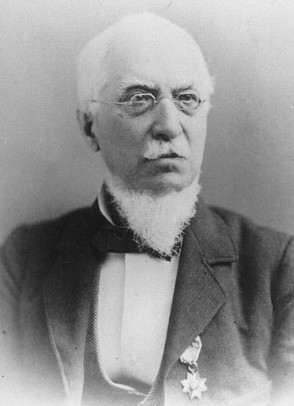
Albemarle Cady was a career United States Army officer who served in the Second Seminole War, Mexican–American War, First Sioux War and the American Civil War. During the Civil War, he was briefly lieutenant colonel of the 7th Infantry Regiment. He then served in administrative positions in the Department of the Pacific, including the District of Oregon. He received brevet appointments for his service in the Mexican–American War and the Civil War. He retired from the Regular Army as a colonel on May 18, 1864. On July 17, 1866, President Andrew Johnson nominated and on July 26, 1866, the United States Senate confirmed the appointment of Cady as a brevet brigadier general in the Regular Army, to rank from March 13, 1865.
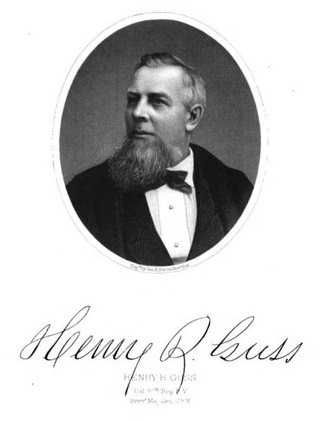
Henry Ruhl Guss was a Union Army officer during the American Civil War. He organized and commanded the 97th Pennsylvania Infantry Regiment out of Chester and Delaware Counties in Pennsylvania. He served as a colonel and was brevetted brigadier general and major general after the war in recognition of his service.















